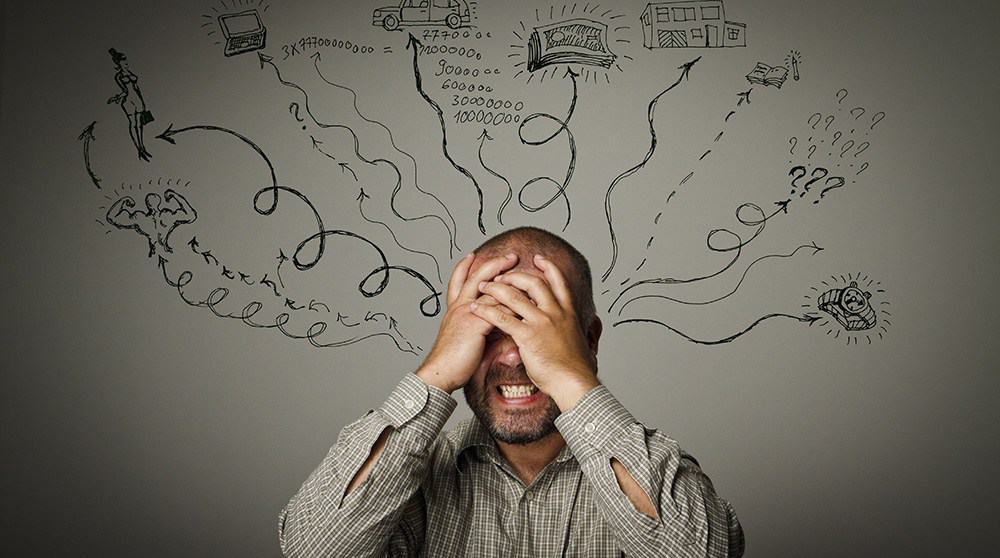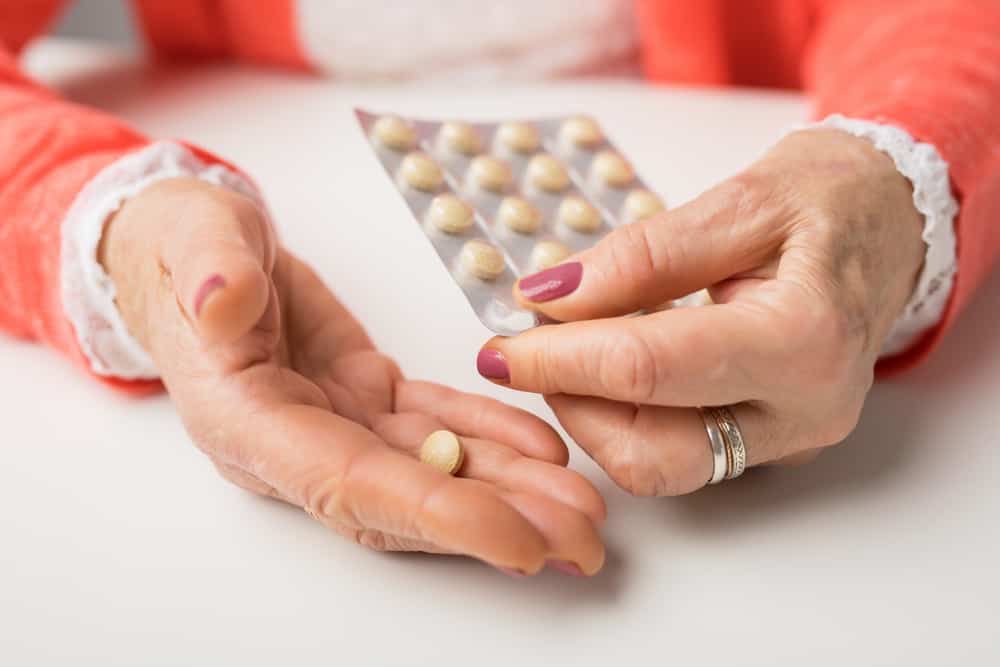Contents:
- Medical Video: Intrusion Symptoms of Post-Traumatic Stress Disorder (PTSD) | Psych in 60
- What is hyperarousal?
- Hyperarousal symptoms and characteristics
- How can hyperarousal occur?
- Long-term effects of hyperarousal conditions
- How to deal with hyperarousal
Medical Video: Intrusion Symptoms of Post-Traumatic Stress Disorder (PTSD) | Psych in 60
Post-traumatic stress disorder (PTSD) is a serious mental health disorder and can be experienced by someone who has experienced or witnessed an event that caused trauma. People with PTSD experience stress and anxiety that is disturbing, and often related to the trauma they experience even though it has passed and the surrounding environment is fine.
In some time, the impact of PTSD can appear with more severe intensity, causing physical conditions to be vigilant as when experiencing trauma. This is known as hyperarousal.
What is hyperarousal?
Hyperarousal conditions are one of the three effects experienced by PTSD sufferers in addition to mood and anxiety disorders. It is characterized by various symptoms caused by the physical condition of people with PTSD to be alert when they remember or think of the trauma that has been experienced. The main effect caused by hyperarousal conditions is that the body constantly experiences chronic stress conditions.
Hyperarousal is a common symptom experienced by people with PTSD. This condition is also not limited to adulthood. Children who have experienced trauma can also experience hyperarousal and can experience serious mental health problems at an later age.
Hyperarousal symptoms and characteristics
Sleep disorders and nightmares are the main symptoms when people with PTSD are experiencing hyperarousal. This condition is also accompanied by various other disorders such as:
- Difficulty concentrating
- Feel emptiness (numb)
- Easy to get angry or be aggressive
- Experiencing explosive or impulsive emotions
- Easy to feel scared and panic
- Have a panic attack
- Risky behaviors that have never happened before are like speeding on the road and consuming too much alcohol
- Feel or show guilt or shame
- Always looking alert as if in danger (hypervigilance)
- Easily feel pain or pain
- Feeling the heart is always pounding.
How can hyperarousal occur?
Hyperarousal occurs when the body's response and anxiety increases when seeing or exposed to things that trigger Flash back against the source of trauma. Things that cause trauma can vary, ranging from experiencing physical and sexual violence, mental stress when under conditions of conflict or war, accidents, torture, to natural disasters.
However, not all trauma events and PTSD conditions cause hyperarousal. There are several risk factors that cause a person to experience hyperarousal easier:
- Experiencing an event that causes prolonged trauma
- The trauma experienced when I was very young was like violence when I was a child
- Work in the field of work that can tend to cause trauma events such as soldiers, firefighters, or medical personnel who deal with emergencies
- Have a history of mental health disorders such as ganguguan anxiety and depression
- Never abuse substances such as alcohol and drugs
- Have inadequate social support from friends and family
- Have a history of mental health disorders in the family.
Long-term effects of hyperarousal conditions
Hyperaousal itself is only an impact of PTSD, so long-term causes tend to be caused by uncontrolled PTSD conditions.
PTSD can interfere with various aspects of life from work to personal health and physical health. Someone who experiences feelings of trauma is more at risk of experiencing depression and alcohol and drug dependence. The disorder can also trigger eating disorders and suicidal tendencies.
How to deal with hyperarousal
What can be done to minimize the intensity of hyperarousal is to undergo therapy to reduce feelings of stress and anxiety due to PTSD. Consumption of drugs to reduce emotional stimuli, as well as long-term use of anti-depressants, may also be needed to suppress hyperarousal symptoms.
In addition to treatment, psychiatric therapy and cognitive-behavioral therapy are also needed to prevent excessive stimulus responses. Treatment therapy also tends to be more effective and more widely used because it works in several ways, namely:
- Increase self-confidence in people with PTSD
- Helps foster a positive outlook on life
- Teaches coping skills to deal with trauma stimulus or overcome PTSD symptoms when they appear
- Overcoming other issues related to PTSD conditions such as depression and substance dependence.
It should be realized that PTSD is a mental health disorder that tends to last a lifetime and cannot be fully cured. Thus, the stimulus and effects of trauma need to be handled and controlled on an ongoing basis.












